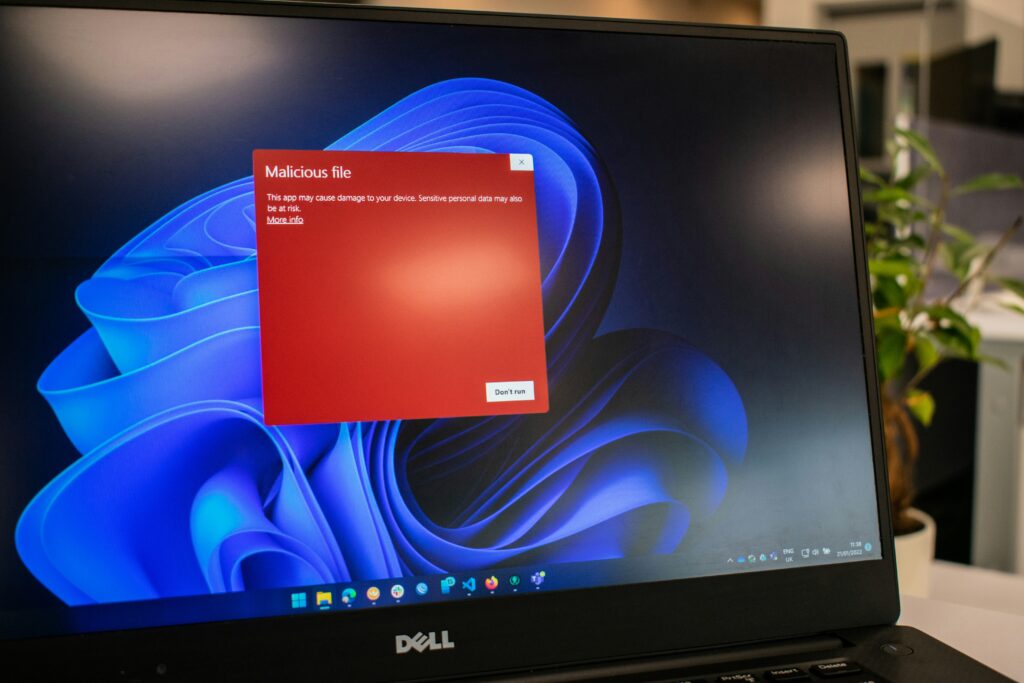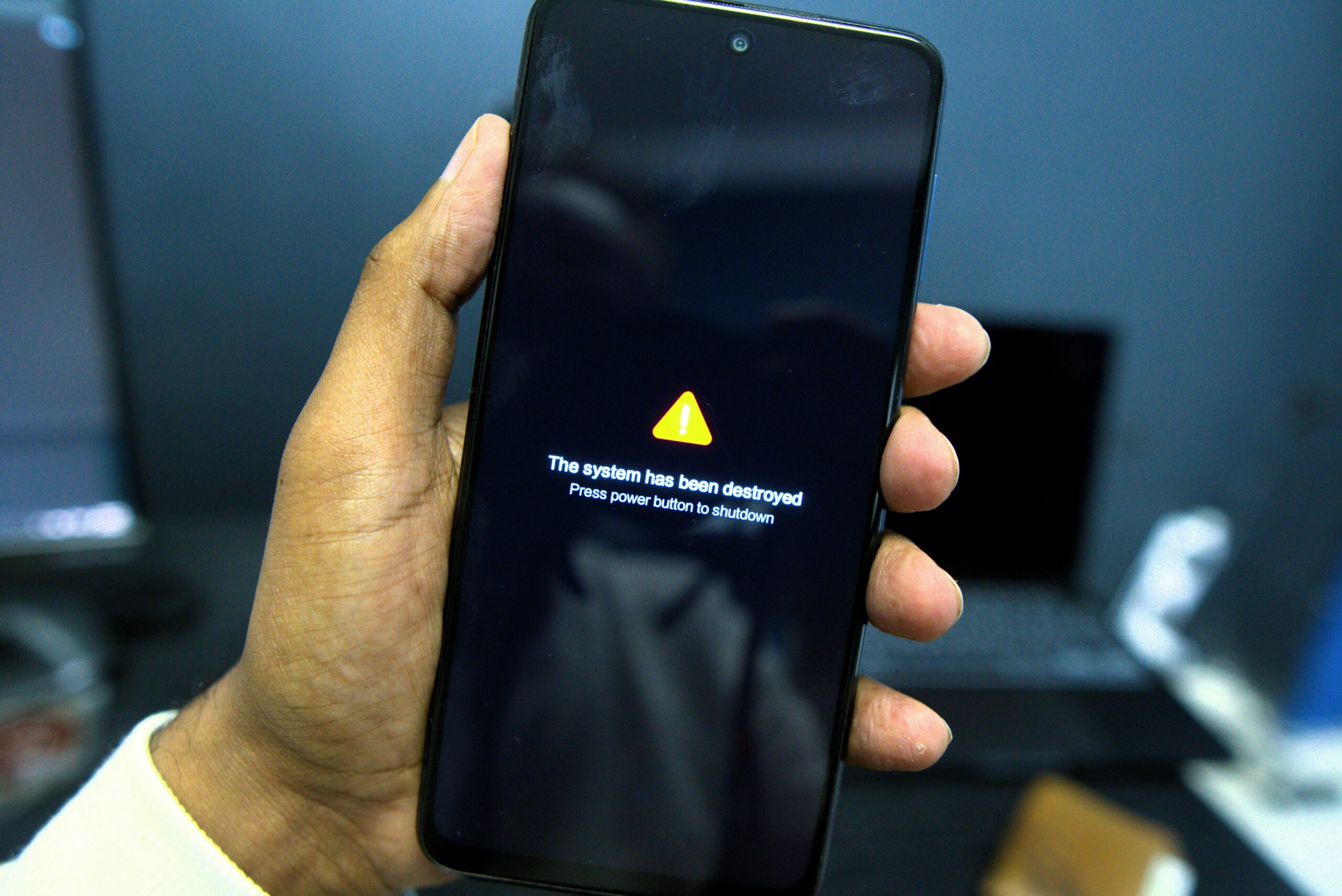In the fast-paced world of mobile technology, the evolution of Android malware over the last decade has been nothing short of alarming. What started as simple trojans targeting early Android users has now transformed into a sophisticated ecosystem of ransomware, spyware, banking trojans, and nation-state surveillance tools. With billions of Android devices worldwide, this mobile operating system remains a top target for cybercriminals. In this article, we’ll explore the evolution of Android malware, key trends, notable threats, and what the future may hold for Android security.

The evolution of Android malware began in the early 2010s with rudimentary threats. The first known Android malware, AndroidOS.DroidDream, emerged in 2010. It exploited root vulnerabilities to gain access to system functions and silently installed malicious applications. At this stage, malware often relied on social engineering tricks to convince users to install infected apps from unofficial sources.
Third-party app stores, especially in regions without access to Google Play, became breeding grounds for these early threats. Malware authors capitalized on user ignorance and poor app vetting processes.
By 2014, the evolution of Android malware had accelerated. Cybercriminals shifted from experimental hacks to monetized attacks. Adware that aggressively pushed advertisements and tracked user behavior became widespread. Spyware capable of silently recording calls, GPS locations, and keystrokes also entered the scene.
More troubling was the emergence of Android banking malware like BankBot and Anubis. These threats used overlay attacks to mimic legitimate banking apps, stealing login credentials and credit card numbers. The evolution of Android malware showed a clear pivot from simple disruption to financial theft.

During this period, the evolution of Android malware took a darker turn. Ransomware made its debut on mobile platforms, encrypting user data and demanding payments in Bitcoin. Malware such as LockerPin not only locked screens but changed PIN codes, locking out users completely.
This era also saw the integration of polymorphic code—where malware constantly changes its signature to evade antivirus detection. Furthermore, state-sponsored surveillance tools targeting journalists and dissidents became public, highlighting that the evolution of Android malware was not just a criminal issue but also a political one.
By the end of the 2010s, the evolution of Android malware had embraced a business model. Malware-as-a-Service (MaaS) platforms allowed anyone to deploy sophisticated spyware or ransomware with minimal technical skills. With customizable dashboards and analytics, these platforms commodified cybercrime.
Moreover, droppers (apps that install other malicious apps) and loaders became popular, enabling stealthy distribution. Google Play itself, despite tighter security, was periodically compromised, allowing malware like Joker and Haken to reach millions of users.
In recent years, the evolution of Android malware has been driven by automation, AI, and advanced evasion tactics. Modern malware leverages artificial intelligence to modify its behavior based on the environment—avoiding detection during sandbox testing or antivirus scans.
Notably, spyware such as Pegasus, initially developed for government use, made global headlines due to its ability to infect phones without any user interaction. These so-called “zero-click” exploits marked a chilling milestone in the evolution of Android malware.
Today, mobile malware is more persistent than ever, capable of surviving device reboots and masquerading as system apps.

To understand the evolution of Android malware, it’s important to identify recurring trends:
- More Sophisticated Social Engineering: Fake update alerts, cloned apps, and phishing links are increasingly convincing.
- Greater Use of Encryption: Both in ransomware and in data exfiltration to evade interception.
- Cross-Platform Integration: Some malware now targets both Android and desktop systems simultaneously.
- Cloud-Controlled Malware: Threats now use cloud-based C2 (Command and Control) servers to remain agile and update in real time.
As the evolution of Android malware progresses, so does the response from Google and third-party security firms. Google’s Play Protect, regular OS updates, and app sandboxing have improved Android security significantly. However, due to OS fragmentation and delayed updates by manufacturers, millions of devices still run outdated versions vulnerable to attack.
Security researchers continue to analyze, detect, and dismantle malware networks, but the arms race continues.
Looking ahead, the evolution of Android malware is expected to continue, with more use of AI, zero-click exploits, and integration with smart home devices and IoT. As mobile phones become even more integral to our identities, finances, and security, protecting them from malware will be critical.
Users must remain vigilant—avoiding third-party stores, reviewing app permissions, and keeping software updated. Meanwhile, cybersecurity professionals must anticipate the next phase in the evolution of Android malware, building smarter defenses against an increasingly intelligent enemy.
Q1: What was the first Android malware?
A1: AndroidOS.DroidDream, discovered in 2010, was among the first Android trojans.
Q2: How can I protect my phone from Android malware?
A2: Stick to official app stores, keep your OS updated, use mobile antivirus software, and avoid suspicious links or attachments.
Q3: Can Android malware access my camera and microphone?
A3: Yes, advanced spyware can access sensors like cameras, microphones, and even GPS without user consent.

[…] Before diving into the role of third-party app stores in malware distribution, it’s important to define what these stores are. Third-party app stores are alternative platforms where Android users can download apps that are not available—or have been removed—from the official Google Play Store. Examples include Aptoide, APKPure, Amazon Appstore, and various region-specific or manufacturer-based stores. […]